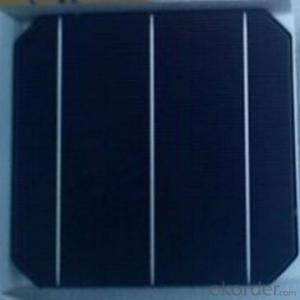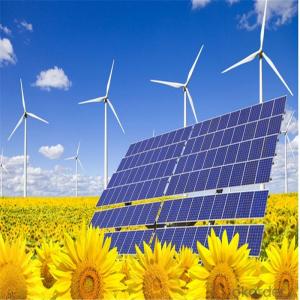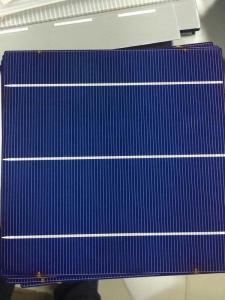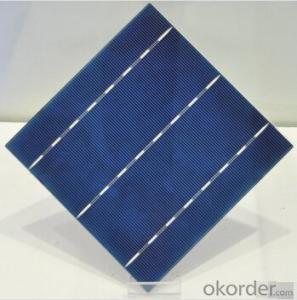Aiko Solar Cells
Aiko Solar Cells Related Searches
Except For Solar Cells Weegy Problems With Solar Cells High Power Solar Cells Light Trapping In Solar Cells High Performance Solar Cells High Output Solar Cells High Wattage Solar Cells Energy Transfer In Solar Cells High Efficiency Hvac Systems Recombination In Solar CellsHot Searches
Cheap Solar Cells For Sale Flexible Solar Cells For Sale Q Cells Solar Panels For Sale Printed Solar Cells For Sale Bulk Solar Cells For Sale 6x6 Solar Cells For Sale Broken Solar Cells For Sale Cpv Solar Cells For Sale Photoelectric Cells For Sale Price Of Silicon Solar Cells Price Of Solar Cells Over Time Buy Solar Cells From China Cheap Solar Cells China Best Type Of Solar Cells Flexible Solar Cells Price Q Cells Solar Panels Price 3 Types Of Solar Cells Production Of Solar Cells Common Types Of Solar Cells Q Cells Solar Panel PricesAiko Solar Cells Supplier & Manufacturer from China
Okorder.com is a professional Aiko Solar Cells supplier & manufacturer, offers integrated one-stop services including real-time quoting and online cargo tracking. We are funded by CNBM Group, a Fortune 500 enterprise and the largest Aiko Solar Cells firm in China.Hot Products
FAQ
- Yes, solar cells can be used for powering drones. Solar-powered drones are becoming increasingly popular as they offer longer flight times and reduce the need for frequent battery replacements or recharges. By harnessing sunlight, solar cells convert solar energy into electrical energy, which can be used to power and charge the drone's batteries. This sustainable and renewable energy source allows drones to fly for extended periods, making them more efficient and environmentally friendly.
- Solar cells have a significant impact on national energy policies as they promote the diversification and decentralization of energy sources. By harnessing the power of the sun, solar cells contribute to the development of renewable energy and reduce reliance on fossil fuels. This, in turn, helps countries achieve their energy security goals, mitigate climate change, and enhance sustainability. Governments often incentivize the adoption of solar cells through policy measures such as feed-in tariffs, tax credits, and research funding, which further drive the growth of solar energy and shape national energy policies.
- What do the solar cell suppliers provide once we purchase the order from the solar cells from them.
- The solar cells suppliers might also help you to finish you solar cells installation process, which is considered to be a necessary but valuable service they can provide to the clients.
- Solar cells are used in calculators to convert sunlight into electrical energy. This energy is then used to power the calculator, eliminating the need for batteries or other external power sources.
- Yes, solar cells can be used in remote or inaccessible locations. Solar panels can be installed in such areas to generate electricity from sunlight, eliminating the need for a traditional power grid connection. This makes solar energy a viable and sustainable option for providing electricity to places that are difficult to reach or far away from existing infrastructure.
- Solar cells can be used in residential applications by installing solar panels on rooftops or other open areas to capture sunlight and convert it into electricity. This clean and renewable energy source can power various appliances and lighting systems within a home, reducing reliance on traditional grid electricity and lowering utility bills. Additionally, excess energy generated by solar cells can be stored in batteries or fed back into the grid, further promoting sustainability and potentially earning homeowners credits or incentives.
- Partial shading on solar cell performance can have a significant negative impact. When a solar cell is partially shaded, even a small portion of shading can reduce its overall power output. This is because shaded cells create voltage mismatches within the solar panel, leading to decreased current flow and overall efficiency. Additionally, partial shading can also cause hotspots, which can damage the solar cells and reduce their lifespan. Therefore, it is crucial to design solar systems carefully, avoiding any shading to ensure optimal performance and maximize energy generation.
- Solar cells can be negatively affected by bird droppings in areas with high levels of bird activity. The droppings can block sunlight, reducing the efficiency of the solar cells and potentially leading to decreased power output. Regular cleaning and maintenance are essential to ensure optimal performance in such areas.












































